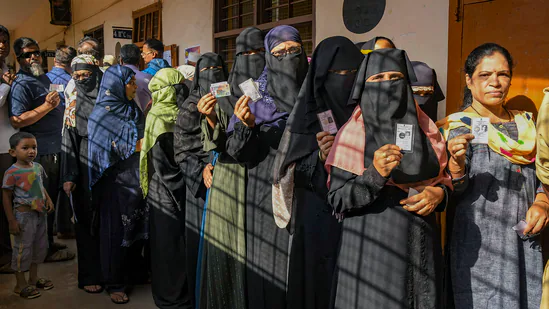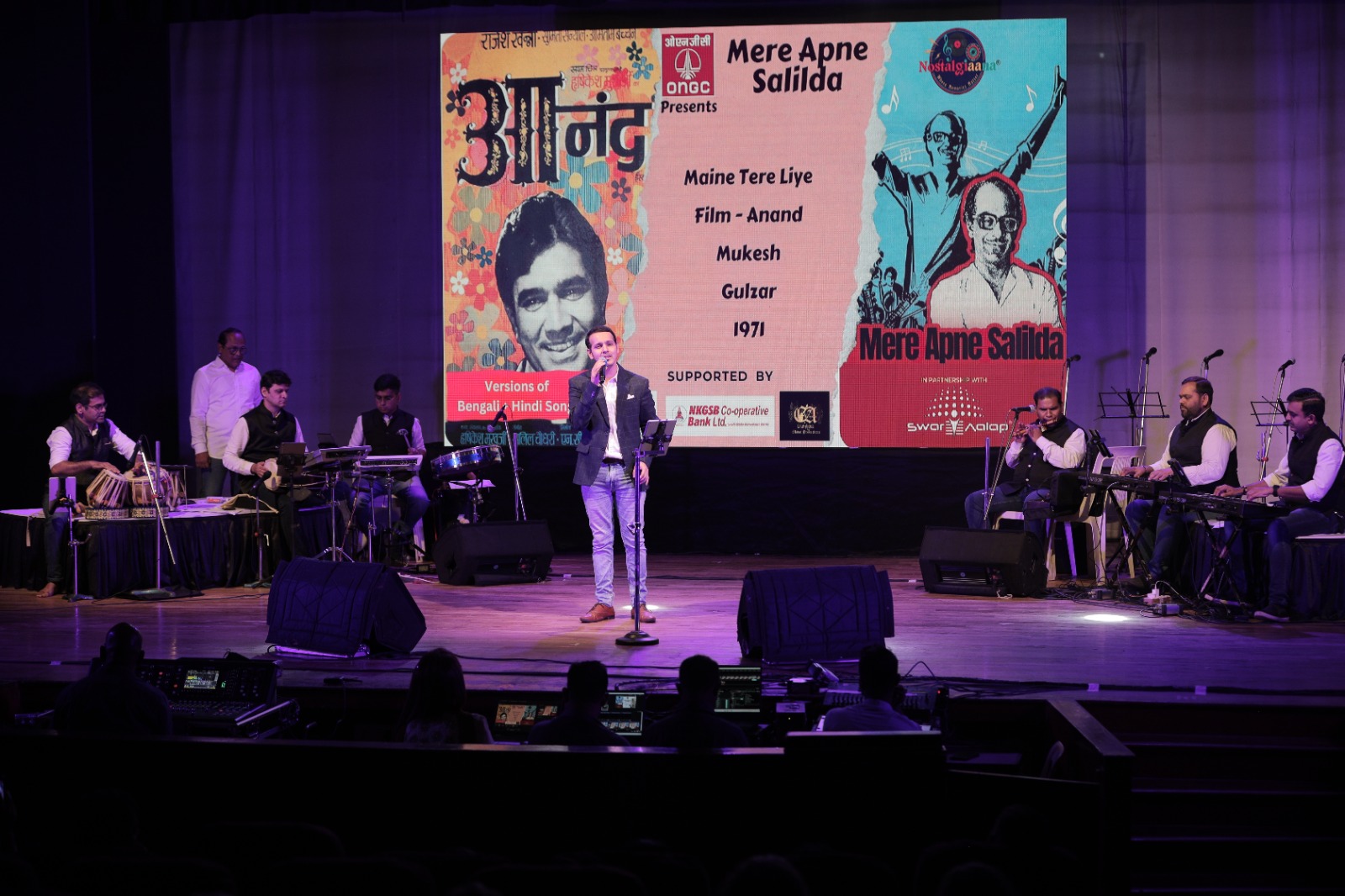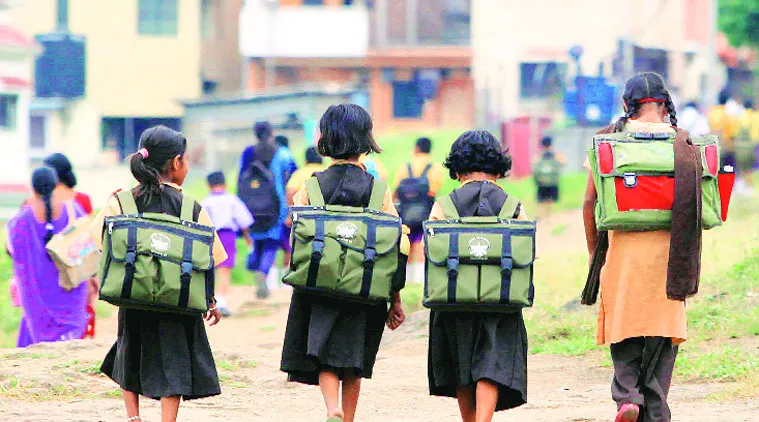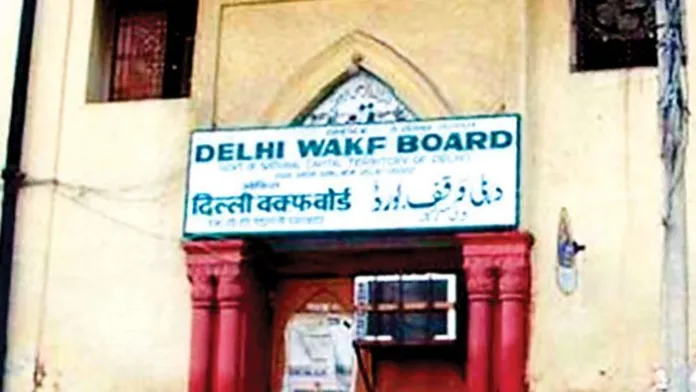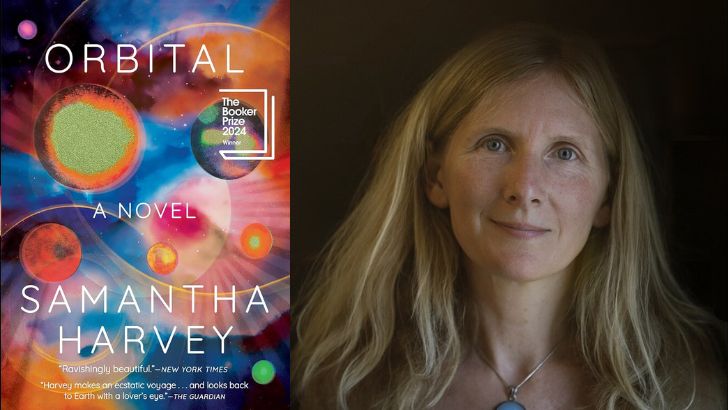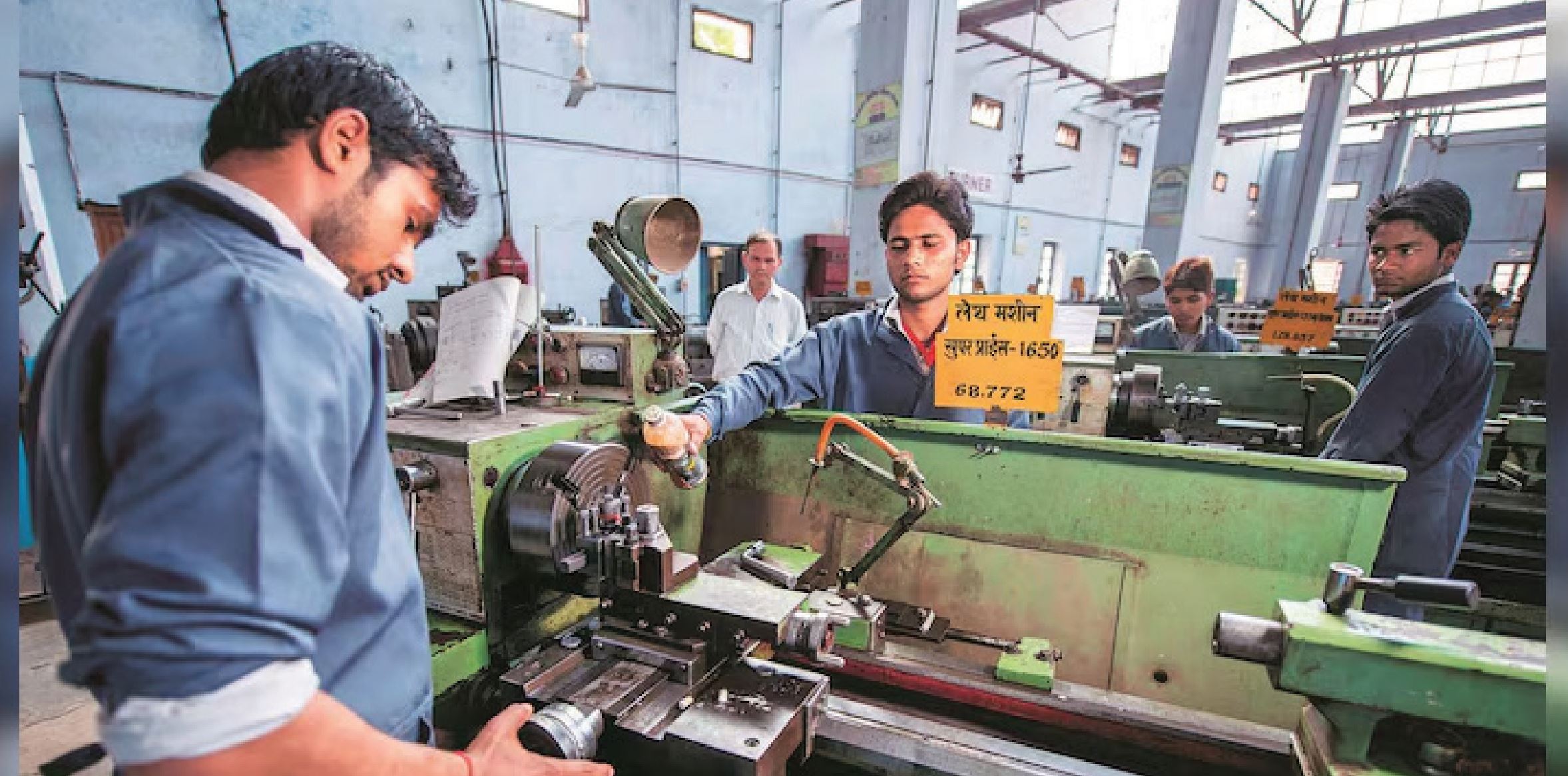Squeezing scholars, funding selfies: India to lose its biggest asset
India is cutting back on scholarships for disadvantaged youth while sharply increasing spending on publicity events, risking its demographic dividend.
-
The National Fellowship for SC students has seen a 40 per cent cut in slots, and the National Fellowship for OBC students, a 50 per cent cut
India’s greatest wealth lies not in stock market indices or high-rise skylines, but in its young citizens. Over a quarter of the population (27.2 per cent) is between 15 and 29 years of age, and the choice of whether this demographic profile becomes a dividend or a liability hangs by a thread.
In recent years, government data and budget documents show a steady rollback in scholarships and fellowships for students from Scheduled Castes, Scheduled Tribes, Other Backward Classes, and minority communities. The Maulana Azad National Fellowship (MANF), once a lifeline for MPhil and PhD scholars from minority backgrounds, was discontinued from 2022-23. The Pre-Matric Scholarship for minorities, which earlier covered Classes 1–10, now supports only Classes 9–10, cutting support precisely at the stage when many vulnerable students are most at risk of dropping out.
Flagship talent-nurturing programmes have also been curtailed. The National Talent Search Examination (NTSE) remains “stalled until further orders”, while the Kishore Vaigyanik Protsahan Yojana (KVPY) has been discontinued and subsumed under INSPIRE without clear evidence of equivalent funding or reach. Research initiatives such as IMPRINT and IMPRESS, which received significant initial allocations, have not been renewed for sustained, long-term impact.
Several other schemes have been reduced or discontinued. The Padho Pardesh interest-subsidy scheme for minority students pursuing overseas education loans ended in 2022-23. The Dr Ambedkar interest-subsidy scheme for OBC/EBC students continues, but only in name as funding forecasts remain uncertain. Allocations for SC and OBC research fellowships have been re-homed under “scheme consolidation” post-NEP 2020, often resulting in lower net outlays despite claims of reform.
Minority scholarships have seen significant cuts, including reductions in the Merit-cum-Means Scholarship for professional and technical courses. The National Fellowship for SC students has seen a 40 per cent cut in slots, and the National Fellowship for OBC students, a 50 per cent cut.
Shockingly, however, allocations for Pariksha Pe Charcha, the Prime Minister’s annual student interaction, have risen sharply: from ₹3.67 crore in 2018 to ₹18.82 crore in 2025, a 522 per cent increase. These funds have gone into branding, large-scale event management, and “selfie booths”. While motivation is valuable, budgetary choices reveal priorities, and here, spectacle has grown while student support has shrunk. A trait very symbolic of this government, where it is more important to be seen as doing things than to be doing them.
This matters today because our youth labour market remains fragile. According to the Periodic Labour Force Survey, youth unemployment stands at 10.2 per cent in 2023-24. Industry reports continue to flag serious skill gaps and mismatches between education outcomes and job requirements, leading to layoffs and recruitment pauses.
Scholarships and fellowships are more than fiscal allocations; they are social investments. They enable children from low-income families to stay in school, help talented students pursue higher education, and support research that contributes to national development. When such support is reduced, it severely impacts the very groups that face barriers to education.
To reverse the trend and fulfil the equity goals set out in the National Education Policy, several measures are essential:
• Restore or adequately replace discontinued schemes such as MANF, NTSE, and KVPY, ensuring that consolidation does not translate into funding cuts.
• Reinstate early-stage support by reversing the Pre-Matric Scholarship cut for minorities to include Classes 1–8, where dropout risks are highest.
• Safeguard early-talent identification programmes by publishing audited outcome data for any merged or replaced schemes.
• Align education budgets with the NEP’s 6 per cent of GDP target, ensuring a significant share is directed to student aid.
• Rebalance spending priorities so that scholarships and fellowships grow faster than event budgets.
Every rupee invested in a scholarship is a step towards reducing inequality, building skills, and unlocking India’s full economic potential. The choice is clear: invest in students, not in stages; in scholars, not in selfies.
The author is an educationist and AICC Secretary
Leave a Reply
Your email address will not be published. Required fields are marked *
nqdsofiqj
SALAR NEWS [url=http://www.gadi20e67k78q7f8s5l7t2w67c2u8yq7s.org/]unqdsofiqj[/url] <a href="http://www.gadi20e67k78q7f8s5l7t2w67c2u8yq7s.org/">anqdsofiqj</a> nqdsofiqj http://www.gadi20e67k78q7f8s5l7t2w67c2u8yq7s.org/
tndqlgjtxn
SALAR NEWS <a href="http://www.gmc48dd475dao79h598or2n179q86duzs.org/">atndqlgjtxn</a> [url=http://www.gmc48dd475dao79h598or2n179q86duzs.org/]utndqlgjtxn[/url] tndqlgjtxn http://www.gmc48dd475dao79h598or2n179q86duzs.org/











